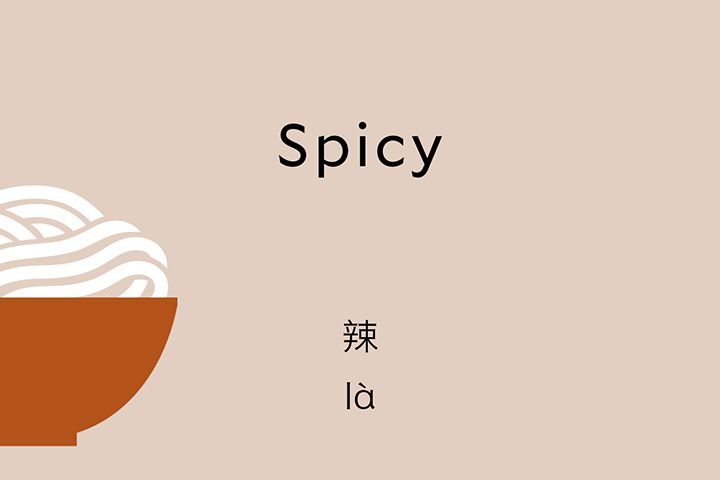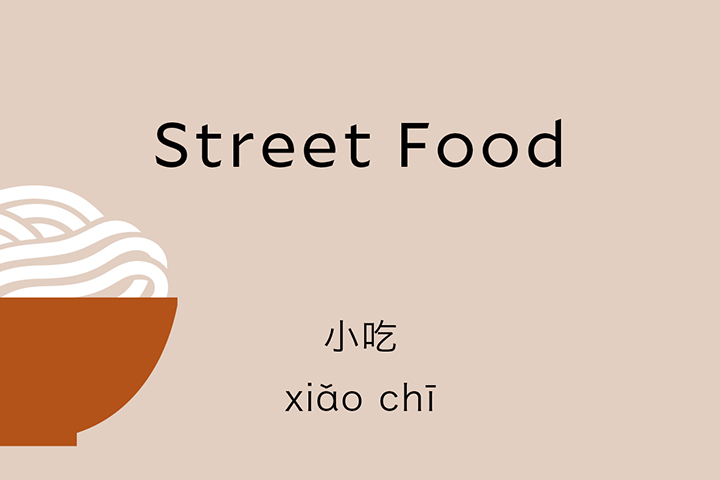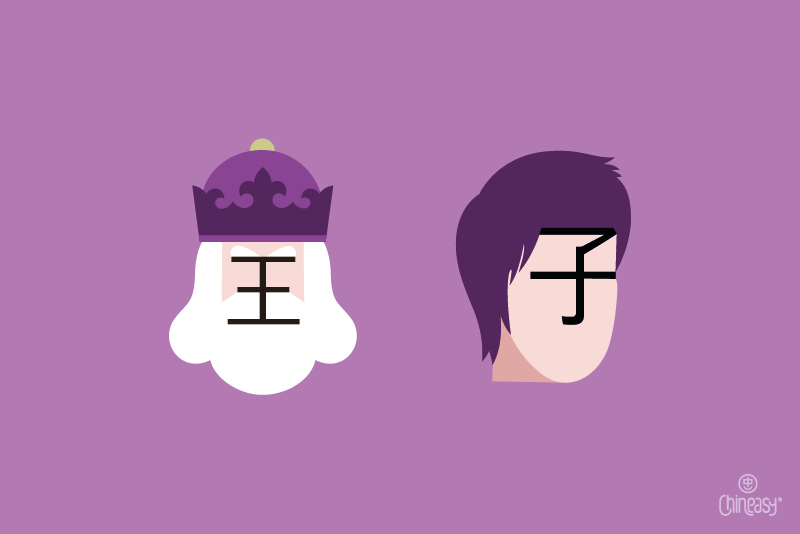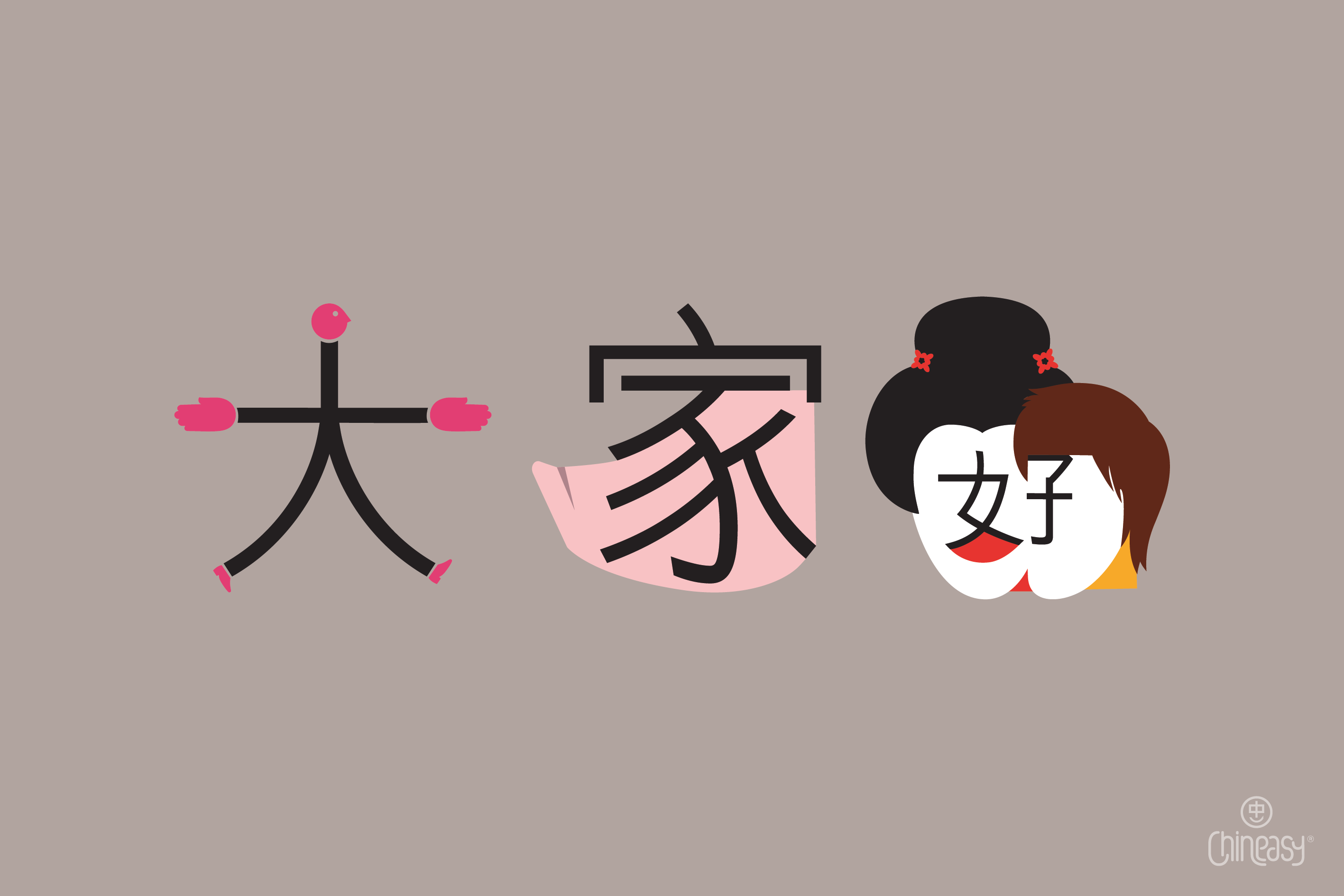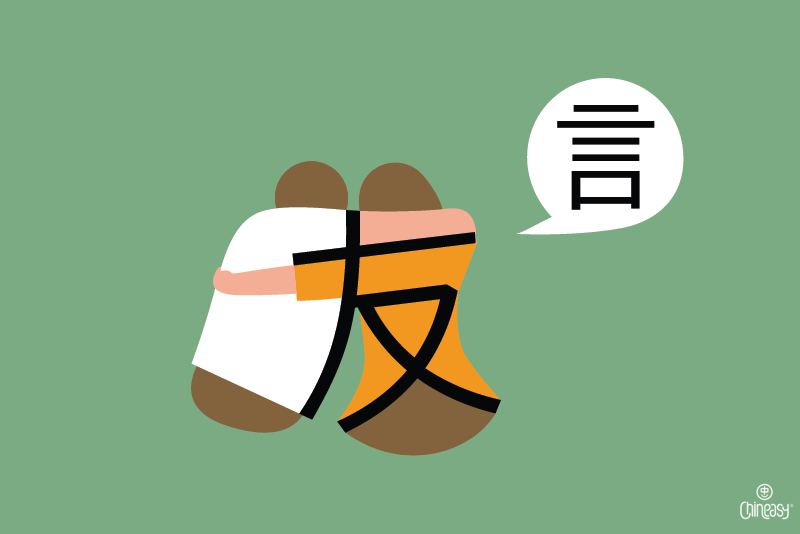In this post, I’ll introduce drinks and many useful phrases to express the flavors!
Drinks 飲料 / 饮料 (yǐn liào)
A few classic drinks you will find in restaurants across China to wash down your meal or extinguish the spice.
Iced Lemon Tea 冰檸檬茶 / 冰柠檬茶 (bīng níng méng chá)
A Hong Kong speciality which is really nothing like iced lemon tea found elsewhere. It probably contains more sugar than should ever be allowed in one drink. However, it tastes so good.
Tsing Tao Beer 青島啤酒 / 青岛啤酒 (qīng dǎo pí jiǔ)
A light and refreshing beer that goes oh so well with Chinese food. I personally love Chinese/Asian beers as I find them much lighter and less bitter than European beers, so for me, this is more enjoyable to drink.
Snow Beer 雪花啤酒 (xuě huā píjiǔ)
If you haven’t been to China you may not have heard of it, yet it is the world’s best selling beer.. (I don’t think it is even sold in SAR regions such as Hong Kong and Macau) China is the biggest producer of beer in the world! Snow is similar to Tsing Tao in that it is very light and watery (both are jokingly referred to as water in many places in China). I personally prefer the taste of Tsing Tao, however, I have only had Snow beer on a couple of occasions.
Baijiu 白酒 (bái jiǔ)
China’s spirit of choice. Beware, the alcohol percentage of this varies and it is likely you might come across a home-brewed version of this where the percentage can be very high (I speak from experience) so drink slowly and with caution.
The Lingo
There are many useful words and phrases you can learn to help you navigate the culinary landscape of China. Here are a few to get you started:
Spicy 辣 (là)
Certain areas of China are certainly ‘bù pà là’ (not afraid of spice) so it is useful to be able to ask if a dish is spicy or not, particularly if you are ‘pà là’ (afraid of spice)!
- 辣嗎 / 辣吗 là ma – is it spicy?
- 好辣 hao là – so spicy
- 太辣 tài là – too spicy
- 不辣 bù là – not spicy
Be extra careful when trying má là huǒ guō – numbing spicy hot pot (one of my favourite dishes). Má stands for ‘numb’, which indicates that Sichuan’s infamous numbing spicy peppers feature in the dish. This hot pot is so spicy you will not be able to feel your mouth afterwards.
Find out more about using là conversationally in podcast 167 with ShaoLan and Harvard University student Stephen Turban.
小吃 Xiǎo Chī – Street Food
Street food is hugely prevalent in Asia and plays an important part in day-to-day life in China. Some of the weirdest and wonderful things you will find to eat in China are likely to be from an unassuming street food stall. From chòu doù fu (stinky tofu) to fried bugs, check out episode 316 with ShaoLan and musician Robin Mitchell as they discuss their most memorable street food experiences in Asia.
Being able to talk about food will take you a long way in China. Here are a few phrases to get you started.
- 好吃嗎? / 好吃吗? hǎo chī ma – Is it delicious?
- 好吃 hǎo chī – delicious
- 好好吃 hǎo hǎo chī – very delicious
- 不好吃 bù hǎo chī – not delicious
- 好喝 hǎo hē – delicious drink
- 不好喝 bù hǎo hē – not delicious drink
筷子 kuài zi – Chopsticks
Get to know the tools used for eating in China, which of course are normally chopsticks! ShaoLan and Josh Edbrooke talk about chopsticks in episode 133. Here are a few different kinds of chopsticks you may come across
We say kuài zi to describe most kinds of chopsticks. The character for kuài is made up of two characters, ‘bamboo’ and ‘fast’.
環保筷 / 环保筷 (huán bǎo kuài) – environmentally friendly chopsticks (reusable)
公筷 (gong kuài) – serving chopsticks (used when sharing food for hygiene purposes)
Now you have some vocabulary and a basic understanding of the food landscape in China, you are ready to embark on the culinary adventure of a lifetime!
